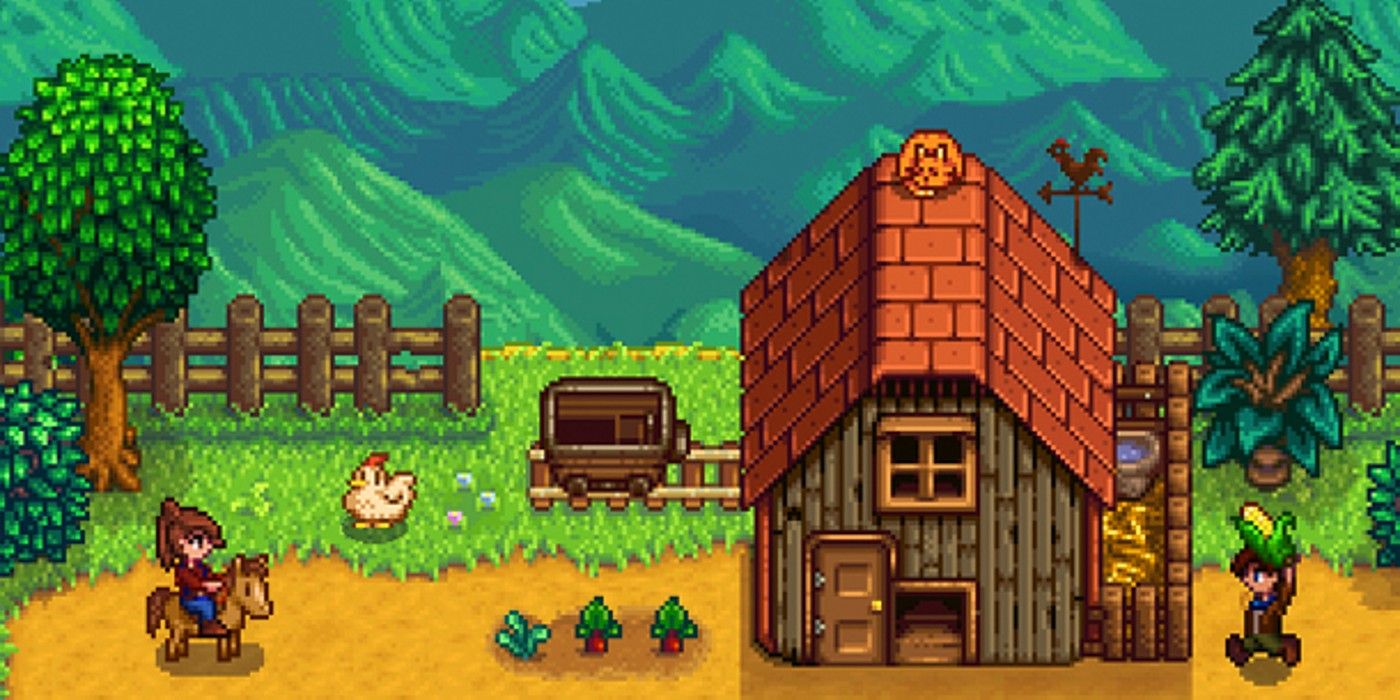
ConcernedApe’s Stardew Valley is a relaxing farming simulator, but money still plays an essential role in every player’s life. Though there are many ways to earn money in Stardew Valley, the primary gameplay loop focuses on growing crops, selling them, and obtaining seeds for more valuable crops. As players complete more activities, skill levels increase and unlock craftable items that can generate more revenue. Unfortunately, these methods can be somewhat time-consuming and block players from accessing other areas, activities, and more. Thankfully Stardew Valley offers many ways to make fast and easy money and bypass some early game obstacles.
Stardew Valley doesn’t have a traditional ending, as there are several long-term goals players can complete. But money can come in handy, both in terms of befriending townspeople, pursuing romantic options, and providing the basic infrastructure players will need to ensure their farms are working efficiently and producing all the goods they need.
Like many simulator games, objectives often focus on money and resources. While this fails to provide all the motivation needed to continue Stardew Valley, it opens opportunities for new areas and activities, such as traveling to the Desert or exploring Skull Cavern. Additionally, players with more capital can enjoy taking days off to decorate their home or enjoy Stardew Valley’s pixelated, calming aesthetic without fretting over lost money.
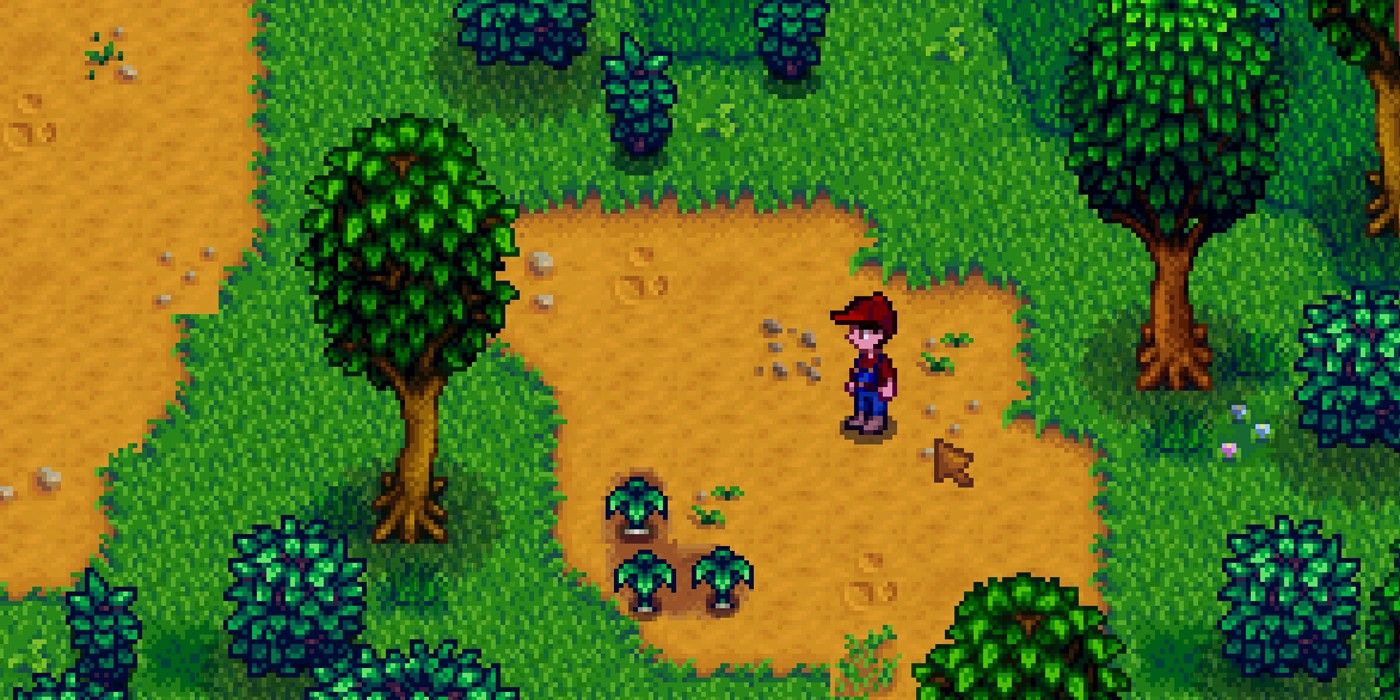
Perhaps the easiest method to get early, fast money is by foraging. This mechanic isn’t always apparent to new players, but it can provide regular income year-round with little effort. Different wild fruits, roots, vegetables, and berries spawn throughout the map as the seasons pass. These items can be harvested and sold in the farmstead’s shipping container for net totals exceeding a thousand gold. Foraged items can also spawn occasionally on bushes, such as Salmonberries that appear throughout Pelican Town and beyond. Players should check their Livin’ Off The Land program to know when these resources spawn. Salmonberries and other foraged goods are not the best gifts for Stardew Valley's NPCs, leaving them as an excellent moneymaker.
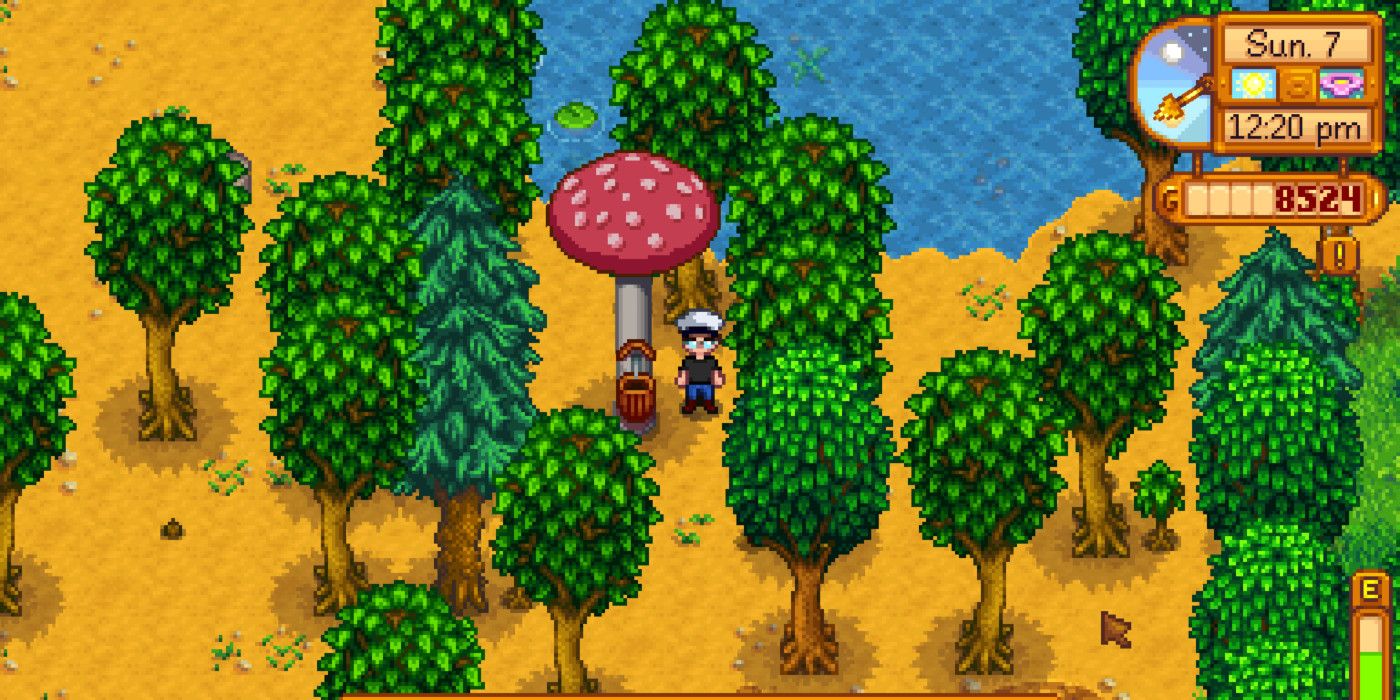
Stardew Valley’s crafting system allows the Farmer to build tools and machines to create more advanced goods. Tappers are one such item that connects nicely to the previous moneymaker and is unlocked at Level 3 Foraging. When the Farmer inherits their farmstead, the property is rampant with overgrown weeds, stumps, and trees. While it’s essential to cut down some of these trees to get more crop space, players can turn remaining obstacles into efficient moneymakers. Maple Syrup, Pine Tar, and Oak Resin are just a few of the many Artisan Goods that players can harvest passively over time. Unlike crops, which require constant maintenance, or fishing which requires active attention, Tappers are a quick, simple way for players to make money. Despite some of Stardew Valley's challenges, passive income can assist players in progressing faster than originally planned, and Tappers are one of the best tools to do it.
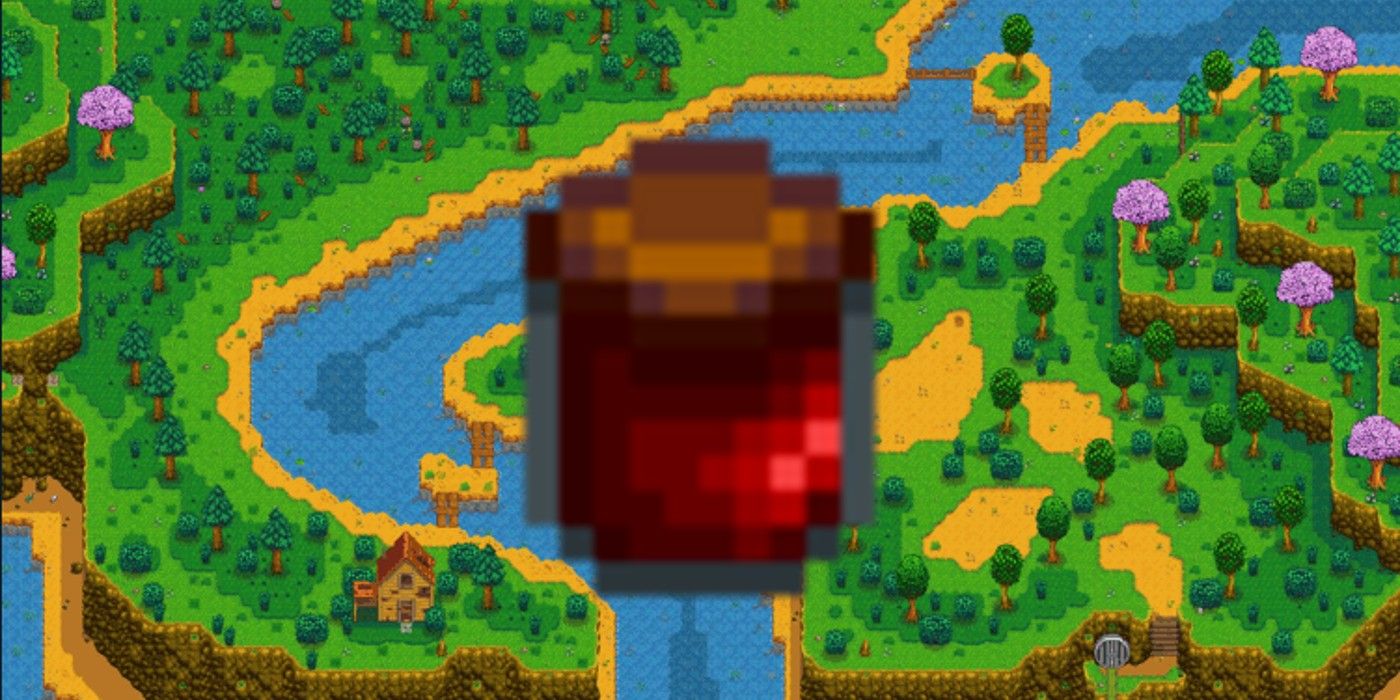
Another early game machine that can passively produce income is preserve jars, unlocked at Level 4 Farming. Preserve jars use foraged goods and turn them into jam, sharply increasing the value of a single berry and creating an artisan good. Like Tappers, Preserves take a few days to fully develop and work best with more extensive collections of preserve jars. When collecting Salmonberries or other bush-dwelling berries, putting each harvest directly into the jars is best. This way, players receive a bulk profit after the jams finish processing.
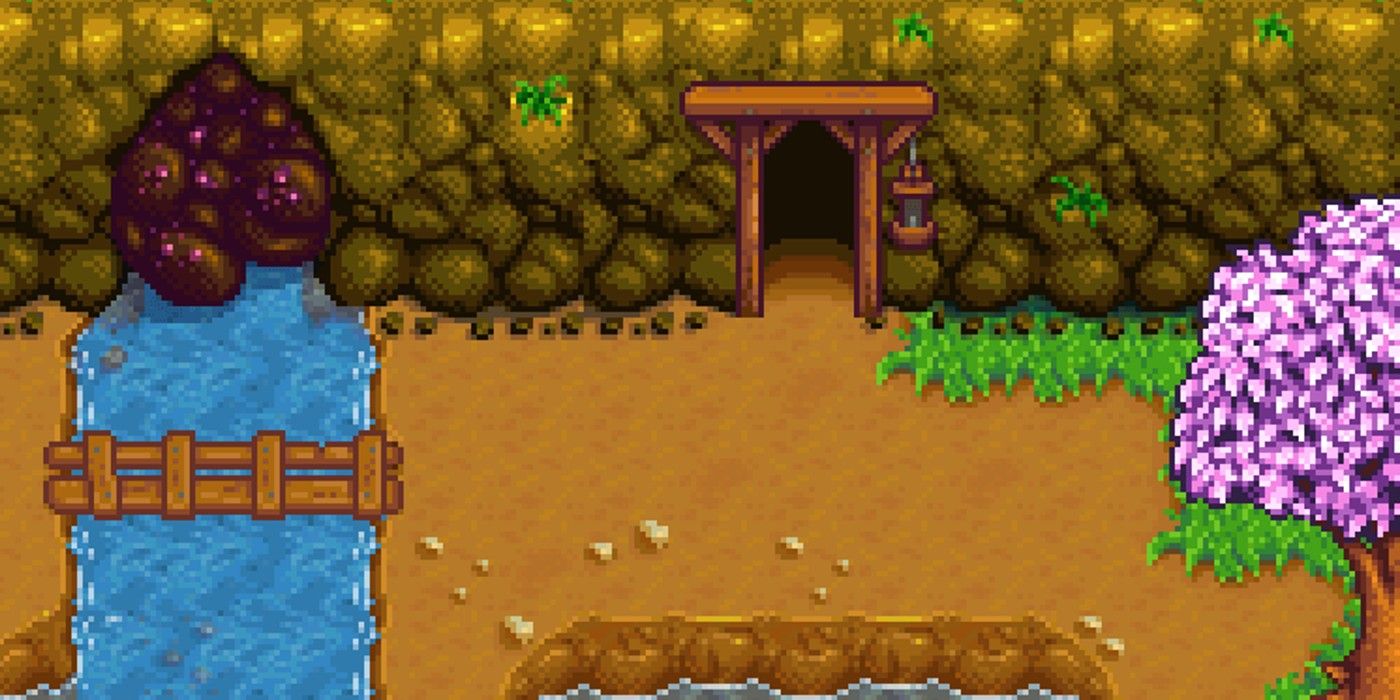
Though most early game finds within Pelican Town’s mine may go to Stardew Valley’s Museum collection or the Community Center, the Farmer can sell other resources for a quick profit from the shipping container. If players aren’t too worried about gaining a reputation with in-game NPCs like Sebastian or Marnie, players can sell many of these resources for impressive sums. Alternatively, refining Quartz or Copper Ore can provide opportunities for more efficient equipment. Pelican Town’s mine and Skull Cavern also provide endless monster spawns. As the Farmer delves deeper into the mines and unlocks more powerful weapons and armor, slaying deadlier monsters enables more profitable drops. Selling Bat Wings, Slime, Bug Meat, and more can also earn a hefty profit for players interested in a more intense Stardew experience.

Fishing is an efficient (sometimes tricky) way to earn money. Players receive a low-quality fishing rod from Willy and buy improved fishing rods, bait, and bobbers. Unfortunately, a good number of fish sell for less than 75g, leading to a loss of funds. Instead of selling average Smallmouth Bass or Anchovy, players can craft Sashimi, a simple recipe used with any available fish. This ensures that players receive a minimum of 75g with each fish purchase. Thankfully, fishing can be a profitable endeavor all on its own, with purple, gold, and silver star fish fetching hundreds of gold depending on species and quality. Farmers who focus less on nature’s bounty and more on the sea can earn thousands of gold, especially with upgraded fishing rods and food for increased energy. The returns are immediate if players can master Stardew Valley’s fishing mechanics.
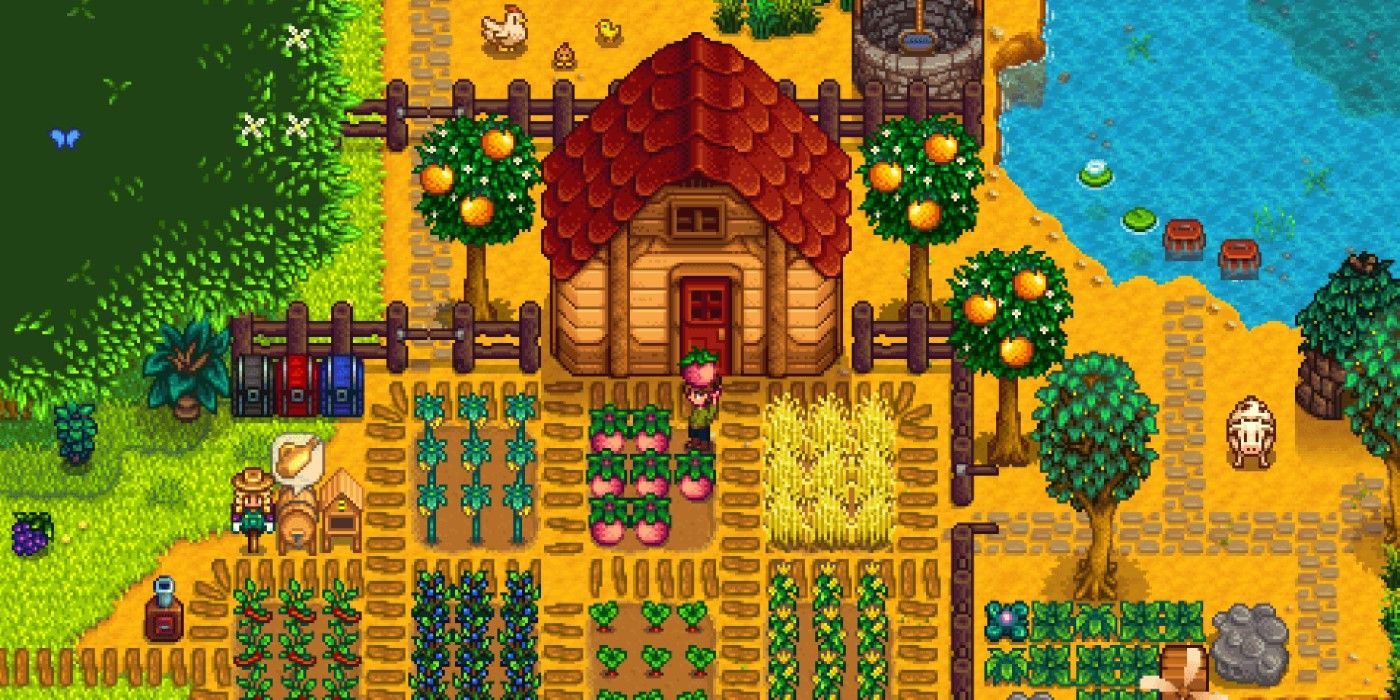
Planting crops may seem like a no-brainer, but buying the correct crops is the most critical step. Stardew Valley begins in Springtime, starting players off with fifteen Parsnips that take four days to mature. Unfortunately, these crops don’t sell for enough money to make them worth the energy. Aside from multi-seasonal crops like Corn, players should prioritize the following crops for the most profitable yields each season:
Spring
- Strawberries
- Cauliflower
- Potatoes
Summer
- Blueberries
- Melons
- Hops
- Starfruit
Fall
- Cranberries
- Ancient Fruit
- Pumpkins
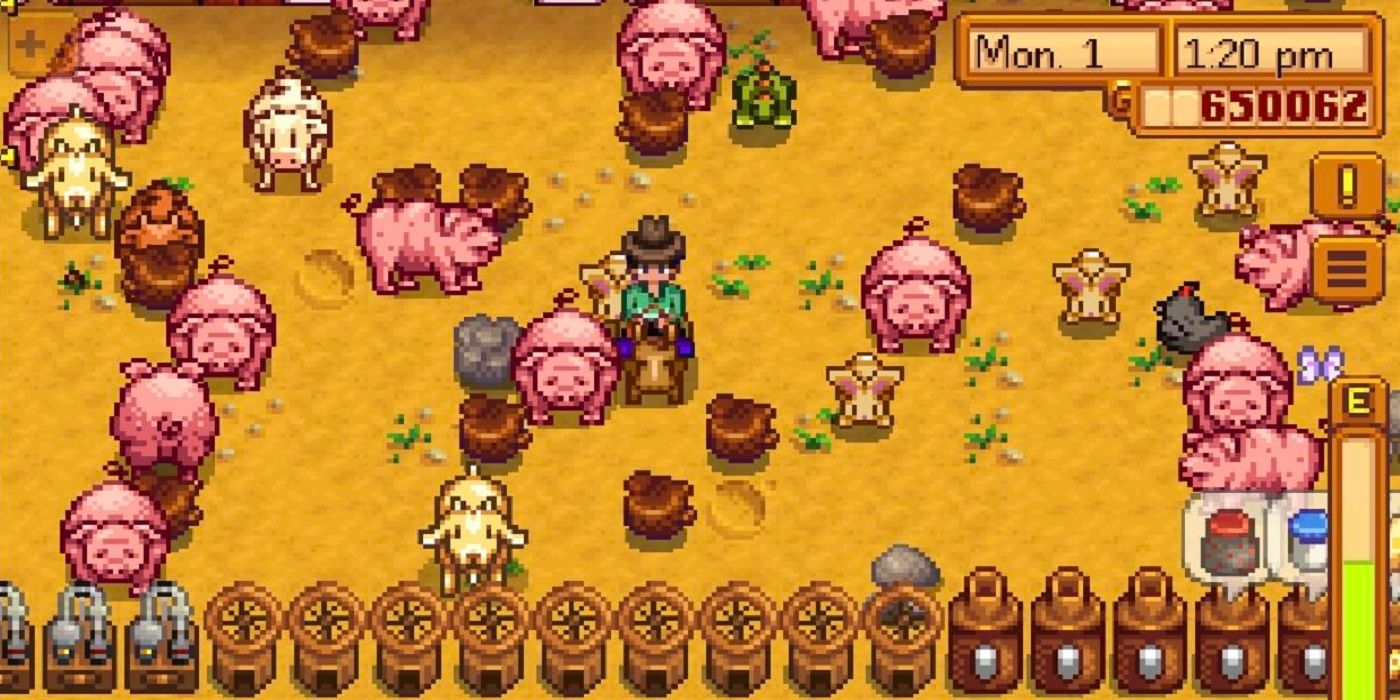
Like most farms, players can obtain farm animals in Stardew Valley within Coops and Barns. Cows, Pigs, Goats, Ducks, and Chickens are all available as animals that provide animal goods. If players regularly pet and feed their animals, they provide the corresponding item to their species. The happier animals are, the higher quality the object is. Once animals are fully grown, the livestock provides daily output. Buying grass starters and building fields for animals to graze on result in higher quality goods. Pigs are the most profitable animals, locating Truffles that players can turn into Truffle Oil, sold for over 1,000g.
It’s difficult for players to go too long without obtaining profit of some sort. No matter how Farmers spend their time in Stardew Valley, ConcernedApe designed in-game systems to ensure players can make progress. The multitude of money-making strategies prevents burnout while encouraging the exploration of Stardew’sStardew’s systems. ConcernedApe recently announced Haunted Chocolatier, a Stardew Valley-like game with a few key differences. Though Haunted Chocolatier has no release date, Stardew Valley is available now for Nintendo Switch, PC, PlayStation, Xbox, iOS, Android, and Linux systems.
from ScreenRant - Feed https://ift.tt/3jTbFk0


0 Comments